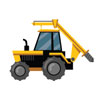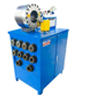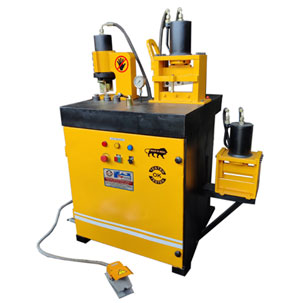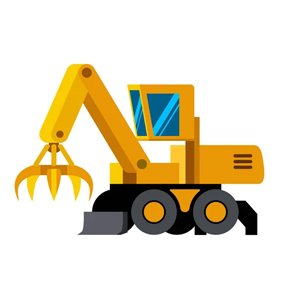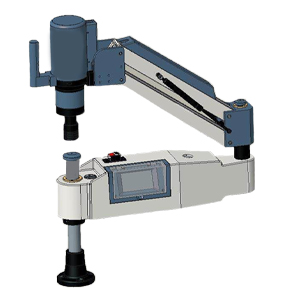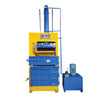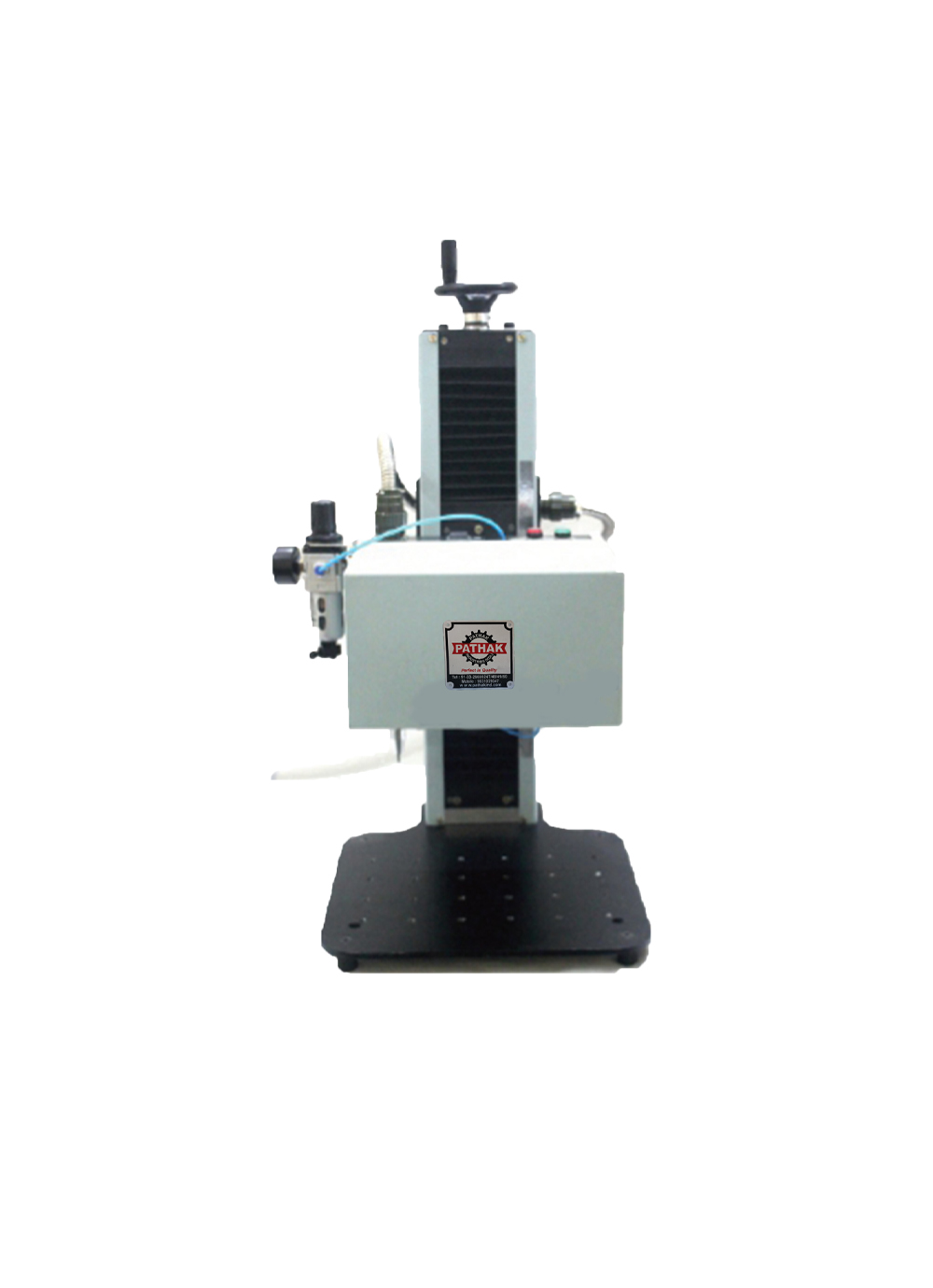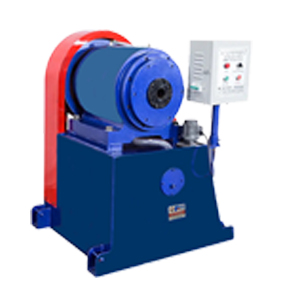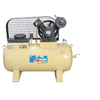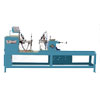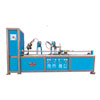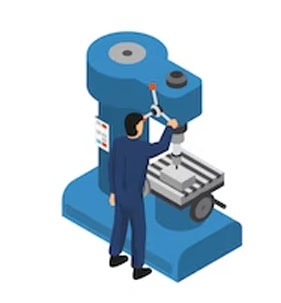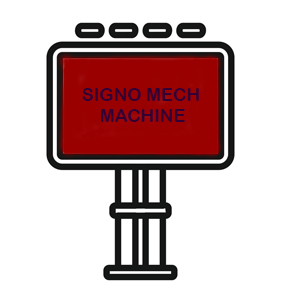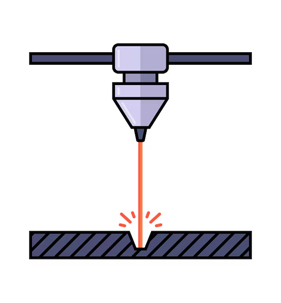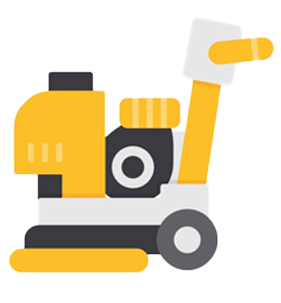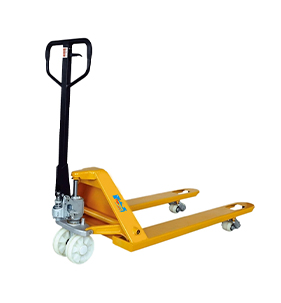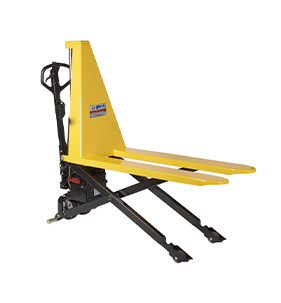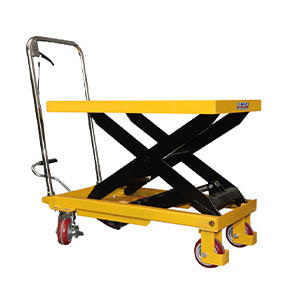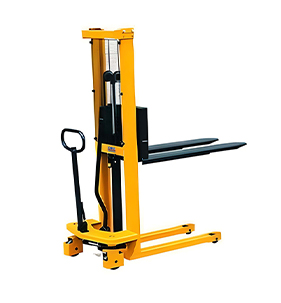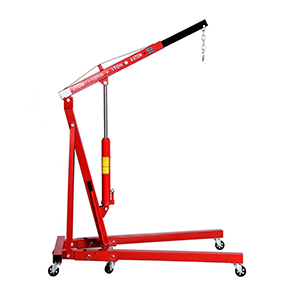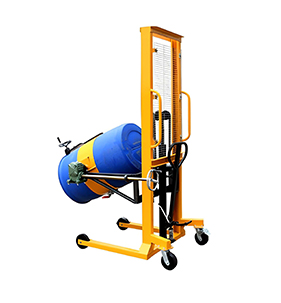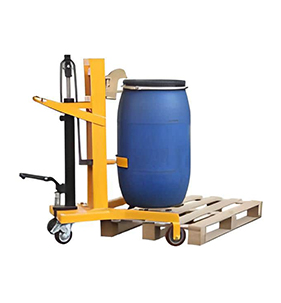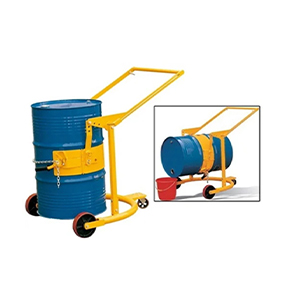Material Handelling Machines Manufacturer in India
WHAT IS MATERIAL HANDELLING MACHINE ?
Material handling machines are essential equipment used in various industries to facilitate the movement, storage, and control of materials, products, and goods throughout the production process. These machines are designed to streamline operations, increase efficiency, and reduce manual labor, thus improving overall productivity.Material handling machines come in a wide range of types and configurations, each serving specific purposes based on the industry and application. Some common examples include conveyor systems, forklifts, cranes, hoists, automated guided vehicles (AGVs), and robotic systems.Conveyor systems are widely used in manufacturing plants and warehouses to transport materials or products from one location to another. They consist of a continuous belt, rollers, or chains, allowing for smooth and automated movement.Forklifts are versatile industrial vehicles equipped with forks at the front that can be raised or lowered to lift and transport heavy loads. They are commonly used in warehouses, distribution centers, and construction sites.Cranes and hoists are heavy-duty machines used for lifting and moving bulky or heavy materials. They are essential in construction, manufacturing, and shipping industries. Cranes can be stationary or mobile, while hoists are often attached to overhead beams or structures.
Automated guided vehicles (AGVs) are self-propelled vehicles that navigate autonomously within a facility. They are programmed to transport goods from one location to another, eliminating the need for human intervention.Robotic systems are becoming increasingly popular in material handling operations. These machines use advanced sensors, artificial intelligence, and robotic arms to perform complex tasks such as sorting, palletizing, and packaging. They can adapt to different shapes, sizes, and weights of objects, enhancing efficiency and accuracy.Material handling machines play a vital role in optimizing workflow, reducing manual errors, ensuring worker safety, and maximizing operational efficiency. They help businesses save time, labor costs, and resources while improving overall productivity and customer satisfaction. As technology continues to advance, material handling machines are expected to become even more sophisticated, capable, and integrated into smart manufacturing systems.
ADVANTAGE OF MATERIAL HANDELLING MACHINES :
USE OF MATERIAL HANDELLING MACHINES :
Material handling machines have various uses across industries. They are commonly employed in manufacturing facilities, warehouses, construction sites, and logistics operations. These machines assist in the movement, transportation, and storage of materials and products, improving efficiency and productivity. They can lift and transport heavy loads, reducing manual labor and minimizing the risk of injuries to workers. Material handling machines such as forklifts, conveyor systems, cranes, and automated guided vehicles (AGVs) enable faster and more accurate loading and unloading of goods, optimizing supply chain operations. They also facilitate inventory management, order fulfillment, and distribution, ensuring timely delivery of products to customers while minimizing errors and damage.









